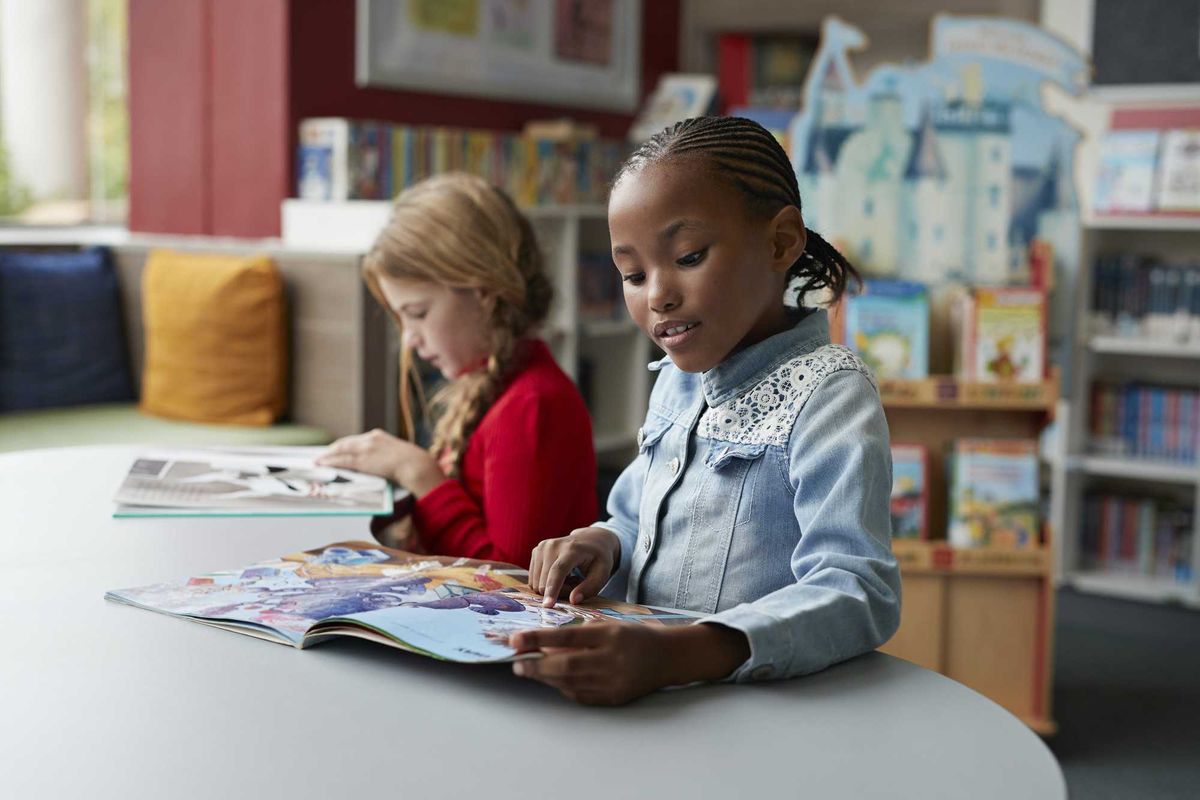Mantell is director of communications for FairVote.
More than 3 million people across the nation voted for better elections through ranked choice voting on Election Day, as of current returns. Ranked choice voting is poised to win majority support in all five cities where it was on the ballot, most notably with an overwhelming win in Washington, D.C. – 73 percent to 27 percent.
For state ballot measures, the status quo won the day – with a ballot measure to implement RCV losing in Oregon, and ballot measures to implement open primaries and RCV falling in Colorado, Idaho and Nevada. A ballot measure to keep RCV in Alaska is neck-and-neck and may take several days to call, with absentee ballots continuing to arrive for 15 days.
“Ranked choice voting took a step forward on Election Day 2024, as voters in our nation’s capital and several cities said yes to better elections,” said my colleague, FairVote President and CEO Meredith Sumpter. “We celebrate the countless hours that local and state advocates have spent turning their frustration with today’s politics into real progress. Alaska and Maine also used ranked choice voting to elect the president and other key officials, and 10 cities across the nation held smooth and successful RCV elections.”
Changing the status quo is never easy. Entrenched interests — including several state parties and an increasingly well-organized national opposition — pushed back hard on this year’s statewide ballot measures. But make no mistake: The future remains bright for ranked choice voting.
Ranked choice voting was used in only 10 cities and zero states in 2016, and has now grown to over 50 cities, counties and states that are home to nearly 17 million people.
We also see clear signs that voters like ranked choice voting once they get to use it — the Oregon ballot measure is performing best in counties in the state that already use ranked choice voting, and the Alaska ballot measure is outperforming the other statewide measures. We’ll continue to see ranked choice voting deliver in cities and the states where it’s used, and we also have to make a stronger case on how RCV benefits voters and elected officials alike.
The data is on our side, and the reform will continue to grow because it works — empowering voters, rewarding candidates who can deliver for the majority of their constituents, and making our democracy work better for the American people.


















